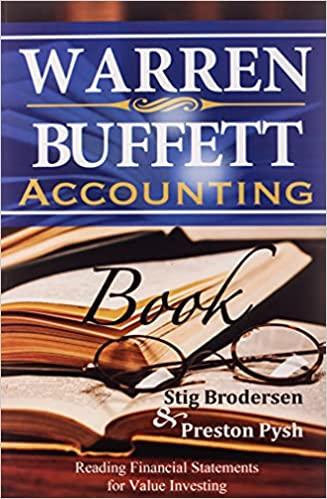Answered step by step
Verified Expert Solution
Question
1 Approved Answer
i need help! i have problems answering this! its due on March 4.th. WSJ Exercise Interpreting the Structur a. Explaining Yield Different recent issue of
i need help! i have problems answering this! its due on March 4.th.

WSJ Exercise Interpreting the Structur a. Explaining Yield Different recent issue of The Wall Street Journal, re yields for the following securities: preting the Structure of Interest Rates plaining Yield Differentials Using the most cer Journal, review the YIELD MATURITY TYPE Treasury Corporate: high-quality Corporate: medium-quality Municipal (tax-exempt) 10-year 10-year 10-year 10-year only reason for the yield If credit (default) risk is the only reason for the differentials, then what is the default risk premium on the corporate high-quality bonds? On the medium-quality bonds? During a recent recession, high-quality corporate bonds offered a yield of 0.8 percent above Treasury bonds while medium-quality bonds offered a yield of about 3.1 percent above Treasury bonds. How do these yield differentials compare to the differentials today? Explain the reason for any change. Using the information in the previous table, complete the following table. In Column 2, indicate the before-tax yield necessary to achieve the existing after-tax yield of tax-exempt bonds. In Column 3, answer this question: If the tax-exempt bonds have the same risk and other features as high-quality corporate bonds, which type of bond is preferable for investors in each tax bracket? MARGINAL TAX BRACKET OF INVESTORS EQUIVALENT BEFORE-TAX YIELD PREFERRED BOND 10% 15% 20% 28% 34% WSJ Exercise Interpreting the Structur a. Explaining Yield Different recent issue of The Wall Street Journal, re yields for the following securities: preting the Structure of Interest Rates plaining Yield Differentials Using the most cer Journal, review the YIELD MATURITY TYPE Treasury Corporate: high-quality Corporate: medium-quality Municipal (tax-exempt) 10-year 10-year 10-year 10-year only reason for the yield If credit (default) risk is the only reason for the differentials, then what is the default risk premium on the corporate high-quality bonds? On the medium-quality bonds? During a recent recession, high-quality corporate bonds offered a yield of 0.8 percent above Treasury bonds while medium-quality bonds offered a yield of about 3.1 percent above Treasury bonds. How do these yield differentials compare to the differentials today? Explain the reason for any change. Using the information in the previous table, complete the following table. In Column 2, indicate the before-tax yield necessary to achieve the existing after-tax yield of tax-exempt bonds. In Column 3, answer this question: If the tax-exempt bonds have the same risk and other features as high-quality corporate bonds, which type of bond is preferable for investors in each tax bracket? MARGINAL TAX BRACKET OF INVESTORS EQUIVALENT BEFORE-TAX YIELD PREFERRED BOND 10% 15% 20% 28% 34%
Step by Step Solution
There are 3 Steps involved in it
Step: 1

Get Instant Access to Expert-Tailored Solutions
See step-by-step solutions with expert insights and AI powered tools for academic success
Step: 2

Step: 3

Ace Your Homework with AI
Get the answers you need in no time with our AI-driven, step-by-step assistance
Get Started


